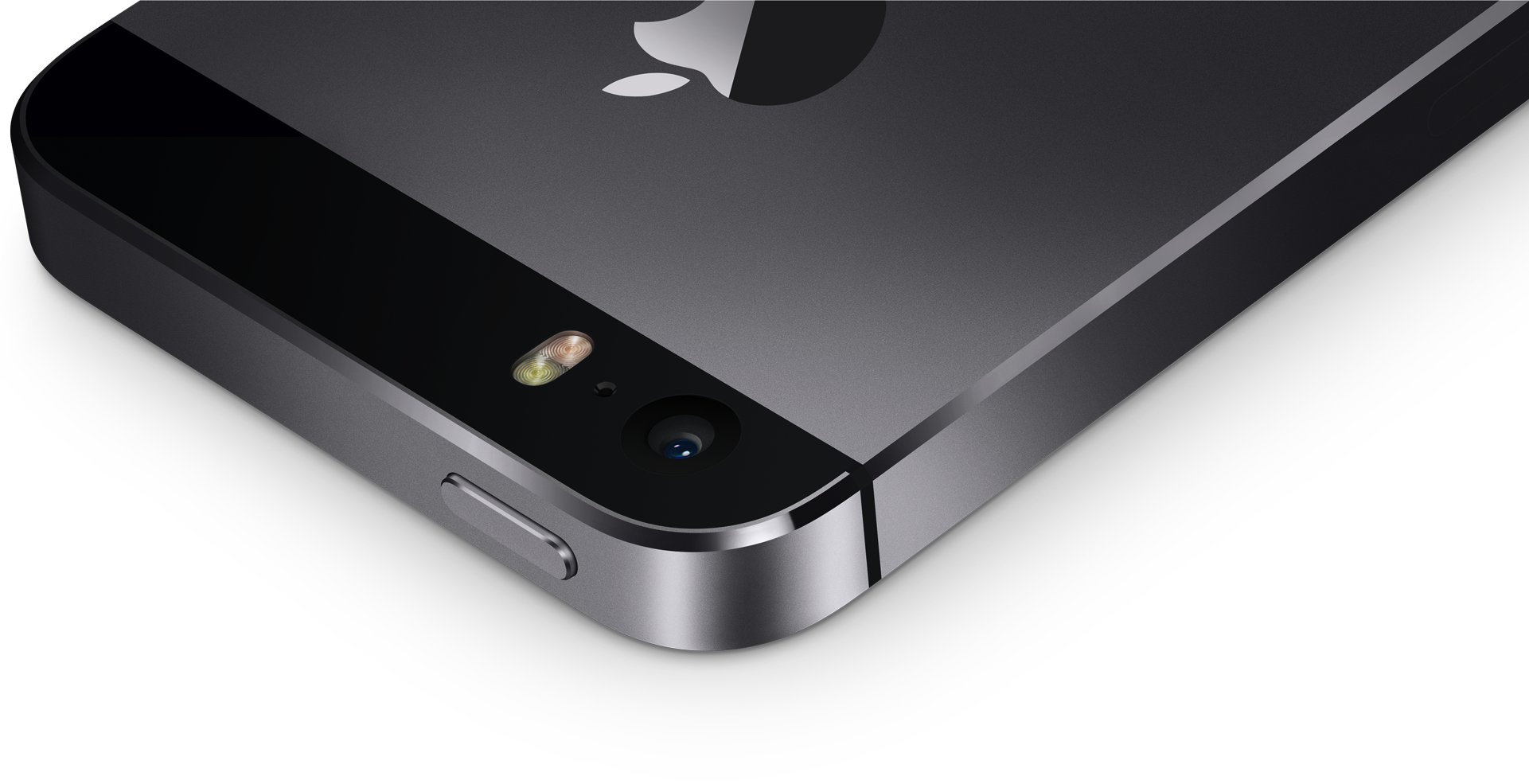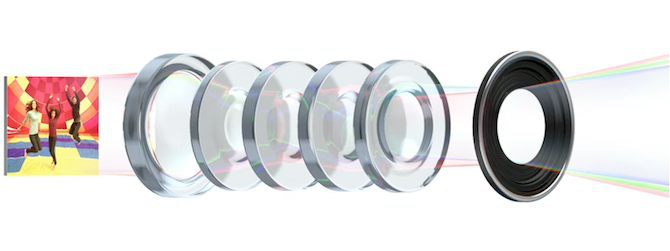As we told you before, supposed case leaks indicate that Apple’s upcoming iPhone 6 could be as thin as the current-generation iPod touch, its slim body purportedly measuring between 6.5mm and 7.0mm (the iPhone 5s is 7.6mm thick).
But Apple’s desire to create an ultra-thin phone might also result in an unsightly camera lens protrusion on the back, according to purported production images.
The exposed camera design is said to be the result of the larger components needed for a new optical image stabilization feature. Apple’s engineers are faced with a dilemma: create an ultra-thin device that features optical image stabilization and has the annoying protrusion or expand the device slightly to 7.5mm to get rid of the protruded module on the back.
But there’s allegedly a third option: tap the speedy A8 processor and the power of software to implement an electronic rather than optical image stabilization. This would allow Apple to realize the thin appearance of the device while doing away with the rumored bulge on the back…
The claim comes in a Weibo post [Google translate] by ESM China analyst Sun Chang Xu, relayed by GforGames.
The iPhone 6’s camera will apparently have larger pixels, measuring 1.75 micrometers each versus 1.5 micrometers on the iPhone 5s. By comparison, the iPhone 4’s sensor has a pixel size of 1.75 micrometers. Larger pixels can take in more light, resulting in better images overall.
Corroborating the thinness claim, Taiwanese news site The Commercial Times recently said that Apple had asked its suppliers to create very thin battery components for the handset, measuring 2mm or less versus standard smartphone batteries that have a thickness of roughly 2.8 – 2.9 millimeters.
Xu previously said that the iPhone 6 will incorporate new sensors to measure pressure, temperature and humidity.
If the rumors pan out, the next iPhone will be a very thin device with the same eight-megapixel camera sensor on the back as the current iPhones, but using a wider f/1.8 aperture, an enhanced filter and a bunch of software-based improvements.
It’s worth remembering that the iPhones are currently capable of stabilizing shaky video in real-time, thanks to Apple’s in-house designed A7 chip that incorporates a new image processor, a feature originally introduced in the A5 chip.
Software-based image stabilization, also known as Electronic Image Stabilization, is inferior to Optical Image Stabilization, a technology implemented in the lens itself.
In a nutshell, optical image stabilization works by moving the sensor as the final element in the optical path, which in turn stabilizes the image projected on the sensor before the sensor itself converts light into image data.
The next iPhone is said to come in two sizes – 4.7 and 5.5 inches – and is projected to launch this Fall.
Pictured top of post: the iPhone 5s camera.

